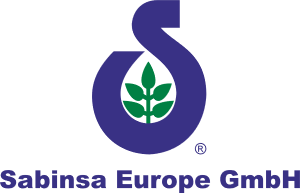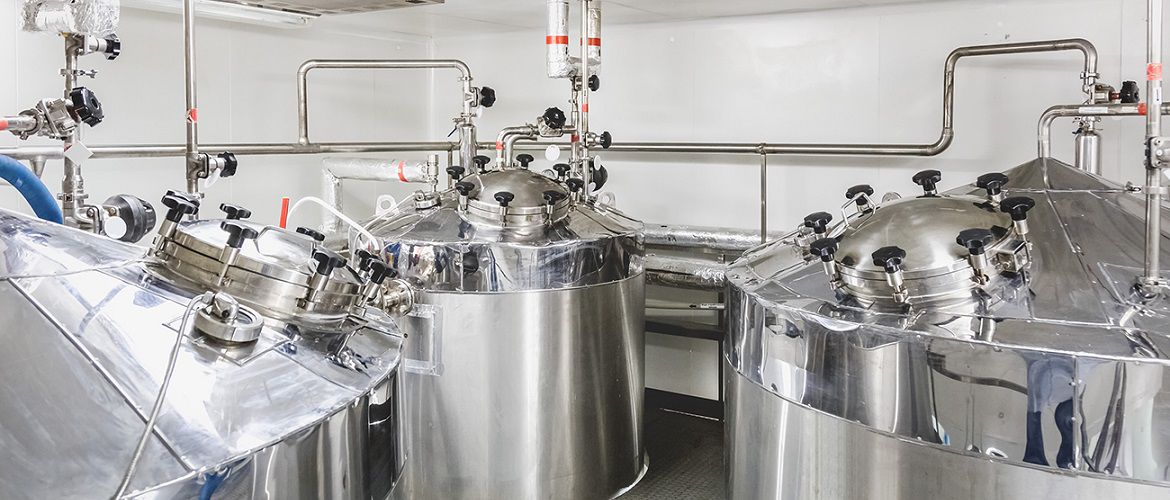The second part of the series on Granulation, features Dry Granulation.
In the first part of this series we discussed granulation using binders and solvents. In production we come across products which for some reason or another cannot be wet granulated. The reasons could be:
- Incompatibility with binder or solvent
- To maintain purity and assay of raw material no excipient can be added
- Wet granulation may not be increasing the bulk density to desired level
- Incompatibility of raw materials in presence of solvent
Dry granulation also works as precompression and helps to eliminate entrapped air due to porosity of powder. This increases the density of the material. There are two common procedures for dry granulation:
- Slugging
- Roll compaction or chilsonation
In slugging, the material is slugged on a compression press using big tooling. This requires a heavy-duty press. The slugs are then crushed and sized to the customer’s requirements. This process is slow and occupies costly press. However, the process can be used for small trials. Slugging is problematic with products with poor flow characteristics as they do not flow in die cavity very well and hence adequate pressure is not applied on the material.
In roll compaction, specialized Roll Compactor machine or Chilsonator is used. The basic concept of this machine is to force fine powder between two counter rotating rolls. As the product reaches maximum pressure zone the volume of the product reduces and material gets converted in a sheet or solid compact (like a stick of chalk) depending on type of roll used. Above the compaction zone there is a cylindrical conical feed screw in a hopper. The material is feed through this feed screw to the compaction zone. The feed screw helps in the flow of the material so material with poor flow, or practically no flow, can be processed on this machine.
In the dry granulation process, addition of lubricants and dry binders is highly recommended. They reduce the percentage of fines and improve the efficiency of the compaction process. “Fines” are fine, dry particles that do not flow well (causing weight variations), and do not compress well (contributing to defects such as capping and lamination of tablets).
Sabinsa uses Roll Compactor to custom compact various products. Some of the products successfully compacted include Citrin®, Amino acids, Garlic powder, Elderberry extract and Gugulipid®.
Sabinsa conducts a free feasibility study on the customer’s product. Trial quantities range from 5-20 Kgs. Depending on requirements, compacted slugs or sized material can be provided.
Look for Part III in next month’s issue.
Product Ads:
Sabinsa product ads will appear in the following trade publications this month:
Chemical Market Reporter, Soaps & Cosmetics, Functional Foods & Nutraceuticals, Natural Products Insider.







